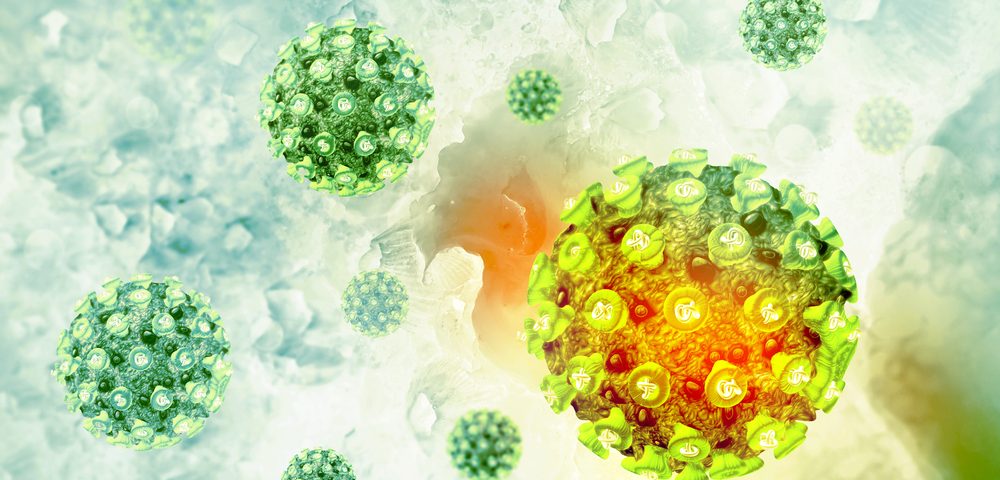Merkel cell carcinoma patients whose T-cells recognize a specific piece of the Merkel cell polyomavirus have better survival rates than those who don’t, according to a study.
A promising therapeutic approach for patients lacking the cells might be combining immune checkpoint inhibitors with engineered T-cells. The engineering would involve reprogramming T-cells to recognize the component of the Merkel cell polyomavirus.
The study, “Tumor-Infiltrating Merkel Cell Polyomavirus-Specific T Cells Are Diverse and Associated with Improved Patient Survival,” was published in Cancer Immunology Research.
Merkel cell carcinoma (MCC) is a rare and aggressive skin cancer. It is 35 times less common than melanoma, but patients are three times likelier to die from it.
A number of studies have linked the immune system to the chance people will develop MCC and to the prognosis of those who develop it.
Patients whose CD8 T-cells actively infiltrate tumors have a 100% survival rate, independent of tumor stage at diagnosis, studies have indicated. Immunotherapies such as immune checkpoint inhibitors have shown promise as a treatment, according to other research.
Currently, there are no approved therapies for patients with Merkel cell carcinoma. Because nearly 80 percent of cases are caused by the Merkel cell polyomavirus, researchers reasoned that understanding how the immune system recognizes and eliminates the virus could lead to treatments.
Researchers at Seattle’s Fred Hutchinson Cancer Research Center and the University of Washington examined how CD8 T-cells, the killer immune cells, responded to a component of the virus known as KLL.
When higher numbers of KLL T-cells infiltrated a tumor, patients’ survival rates increased, the team found. Interestingly, not all patients’ T-cells recognized a tumor as a target, however.
“We found that a surprisingly low number of patients — only about 20 percent — had T-cells specific for the KLL region of the virus,” Dr. Paul Nghiem, affiliate investigator in the Hutchinson center’s clinical research division, said in a news release.
“This suggests that about 80 percent of patients aren’t making T cells that recognize this very prominent target,” added Nghiem, who is also a professor in the University of Washington School of Medicine’s dermatology division.
After the researchers made this discovery, they examined the blood and tumor cells of 12 patients whose T-cells could recognize KLL.
“T cells that recognize this part of the virus are incredibly diverse,” said Natalie Miller, an MD/PhD student in Nghiem’s research lab, and the study’s first author. “In fact, among these 12 patients, there were 397 unique ways for the T cells to recognize this single short piece of the virus; only one T-cell receptor was shared between two patients.”
In addition, Miller said, “T cells from patients with better outcomes tended to stick to the viral target more tightly. This suggests that while nature has created many ways for the immune system to fight this cancer, some ways are better than others. Our hope is that these ‘better’ T-cell receptors can be turned into a therapy for patients who do not have them.”
Researchers hope to engineer T-cells to administer to patients who are unable to mount an effective immune response on their own. The team would like to see a clinical trial that tests this approach in combination with immune checkpoint inhibitors.
That strategy could benefit patients with other cancers linked to viral infections, they said.
“Like Merkel cell carcinoma, cancers that have a viral component provide a variety of potential targets for immunotherapy,” Nghiem said. “We’re eager to find out if transgenic T cell therapy can ‘reprogram’ lymphocytes to eliminate tumors in combination with checkpoint inhibition.”


